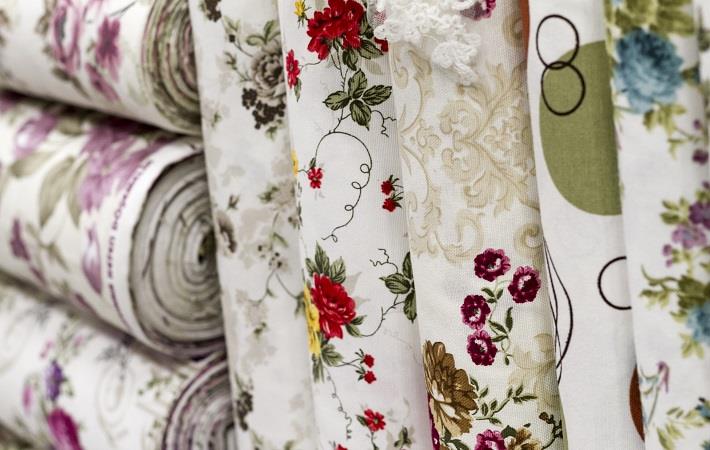
"China being the largest exporter as well as leading importer of all products—finished as well as raw material, the virus outbreak there has crippled the entire supply chain of the world. The impact was grave as it coincided with the Chinese New Year," Ashok Kumar, president, The Textile Association of India (TAI) said in an exclusive conversation with Fibre2Fashion.
In global textiles and clothing business, China has approximately 35-40 per cent share, which is huge, according to Kumar. "China is the largest supplier of finished goods, specially to the West and all advanced economies. China is also the largest supplier of textile raw materials like fibres, yarns, fabrics, and dyes, practically to all the garment manufacturing countries."
Talking about the impact on the Indian textile industry, Kumar said "We export a lot of cotton yarn and raw cotton to China. Our share of yarn export to China is around 40 per cent of total cotton yarn export. As shipment was stuck, and LC against the order was pending, traders anticipated a curtailed demand from China. This resulted in the price dropping by nearly 5 per cent due to excess availability in domestic market. The domestic price of Ne 30s combed yarn dropped to ₹205 per kg from ₹215 per kg before the virus outbreak. Likewise, price of raw cotton fell to ₹38,500 per candy of 356 kg compared to ₹40,500 per candy earlier."
However, there are indications of improvement since last one week as shipments to various Chinese ports, except some ports that are in affected area, have started. "Prices have improved by 2-3 per cent in last few days," said Kumar.
The situation has also impacted India's garment sector, as most accessories are imported from China, which are in short supply now. In addition, "India imports synthetic yarn of around $450 million and synthetics fabrics of $360 million annually from China. India does not have domestic base to cater to this huge need arising due to operation pause in Chinese factories. So, Indian garment manufacturers need to look for other alternatives and the present situation may result in increase in finished goods' cost by 3-5 per cent," Kumar added.
Indian textile industry also imports majority of pigments and colours from China. According to Kumar, shortages are already being felt and it has resulted in increase in prices of dyes by approximately 10 per cent. "It may increase cost of processing for grey fabrics to finish fabrics," feels Kumar.
Fabrics, mainly synthetics, that garment exporters usually import from China, are also currently in short supply. "So, garment manufacturers are approaching local suppliers from Ahmedabad and Surat to source fabrics to ship their orders on time. There is an additional business opportunity here for domestic fabric manufacturers, but at an extra cost to garment manufacturers. Another opportunity that looks promising is that some global orders of finished goods, i.e. for garments, are shifting from China to India as well as other countries. India is expected to be a preferred market for sourcing of apparel products by buyers from the US, Europe, UK and Canada. It is up to garment manufacturers to utilise the opportunity based on their capabilities and respond quickly. It may be a short-term gain but can be converted to long-term benefit by making the best use of prevailing opportunity.
"There are also many opportunities already arising for exporting raw materials like yarns, fabrics, and dyes to all garment manufacturing countries in Asia like Bangladesh, Sri Lanka, Vietnam, etc that are largely dependent on China for all their raw materials. For example, Bangladesh depends on China for 50 per cent of its raw material requirement for garment manufacturing and exports, which is very big, whereas India has just 20 per cent share in its imports. So, as of now, there is a huge demand from Bangladesh for all kinds of raw material including yarns and fabrics."
According to a survey done on China manufacturing, during the first half of 2020, even if the current COVID-19 epidemic doesn’t further spread, China’s manufacturing business would be impacted by around 20 per cent during the first half. "Considering the manufacturing volume China has, 20 per cent is huge and no country in the world can immediately substitute the quantity. Hence, the demand would further go up," Kumar said.
However, there is a cause of worry too, according to Kumar. "Slowly, the manufacturing activity has already started in China. The country has more technology driven manufacturing and huge capacities for upstream manufacturing like fibres, yarns, etc, and they have already started catching up with their production capacities. Hence, fibre and yarn producers are worried that the over-production might be dumped in India at lower prices, once the epidemic is over."
Fibre2Fashion News Desk (WE-DD)